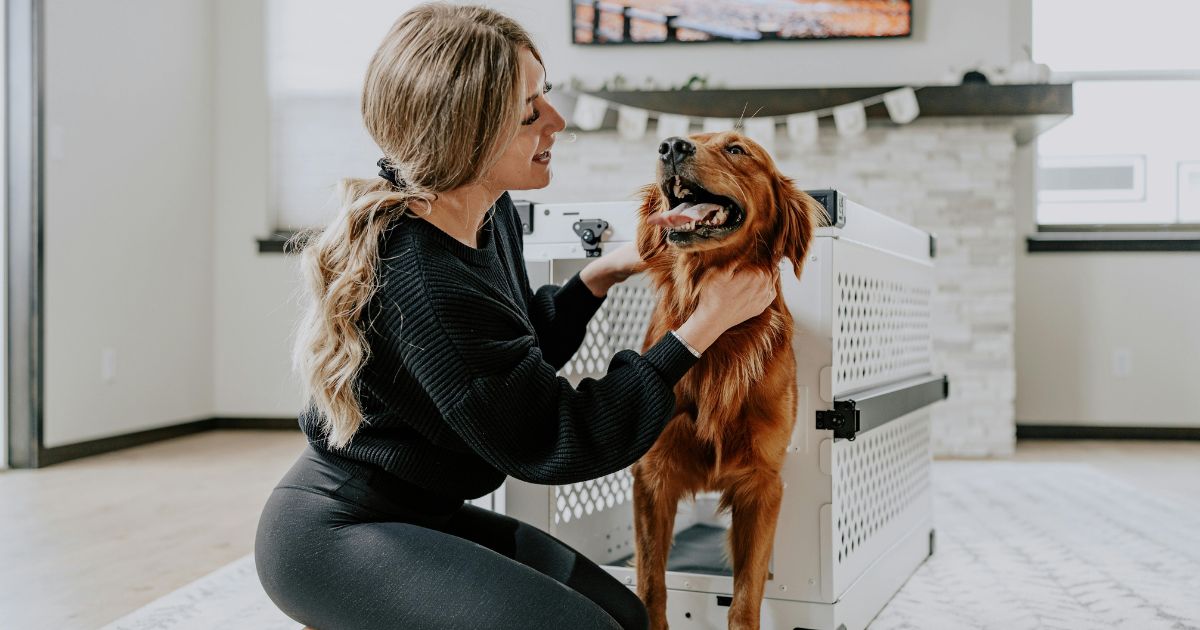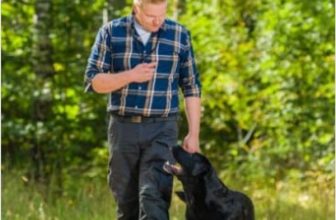How to Crate Train a Dog

Need a no-fuss method for training your dog to love their crate? It is a game-changer, for you and your dog, whether you have a brand new puppy or an older rescue. In this complete guide, you’ll learn how to crate train a dog hopefully through positive, proven methods-so your pup views their crate as a warm little den, not a doggy jail. Ready to turn crate time into tail-wagging bliss? Let’s dive in!
Why Crate Training Matters
Crate training is not all about preventing your dog from getting into trouble whilst you are gone. It’s about providing your pup with a space to feel safe and comfortable. Here’s why crate training is alike for every dog owner:
Facilitates potty training: As a dognation we all know that Dogs do not soil their sleeping place if given the option, which makes crate training an indispensable house training tool.
Alleviates anxiety: A crate provides a cozy, den-like space for your dog to relax when it feels anxious, such as during thunderstorms, fireworks or other noisy events.
Travel and vet visits: Dogs that are familiar with a crate travel easier and experience less stress when visiting the vet.
Prevents chewing and destruction: This is an anti-anxiety puppy crate, solid enough so that your puppy can’t destroy it. It is also relatively easy to clean.
How to Crate Train a Dog: A Step-by-Step Guide
1. Choose the Right Crate
Begin with the appropriate crate for your dog’s size and disposition. here should be just enough room for your dog to stand up and turn around, and then lie back down. For puppies, you might want a crate with a divider so you can make it smaller for them and them as they grow.
2. Make the Crate Inviting
Make the crate in an area where your family spends time, such as the living room. Throw a comfy crate mat, some soft blankets or a favorite toy inside. Some dogs do better on hard surfaces, so you can do a little experimenting to figure out what your pooch prefers.
3. Introduce the Crate Gradually
Allow your dog to check out the crate at their own pace. Leave the door open and toss her treats or toys in there, so she learns that all good things are inside of it. Never push her in the crate, as patience is the key.
Pro tip: Speak warmly and commend your dog for approaching, and then later, entering, the crate. Make it a pleasant experience from the beginning.
4. Feed Meals in the Crate
When you dog feels ok to enter the crate,giving them their meal in the crate. Put the food bowl in the very back of the crate. If your dog is reluctant, begin with the bowl near the opening and slide it a little bit more in each time.
Close the door while your dog is eating and immediately open it after they finish.
Gradually lengthen the time after the meal before you let them out of the crate.
Shorter Crate Times To get rid of the Desensitization concept
Once your dog is eating in the crate, start closing the door for brief times whenever you are home. Have them enter to a cue word like “crate” or “house.” Sit nearby initially and then venture into another room for a couple of minutes. Return, sit quietly, and release them after a few minutes.
Repeat several times a day, gradually increasing the amount of time and distance you’re out of sight.
Your goal is to let your dog relax in the crate for about 30 minutes before you expect them to be alone for longer periods.

Expand the Utilization of Crate Time and Include Practical Skills
When your dog can spend 30 minutes in the crate without becoming anxious or afraid, you can start leaving him crated for short periods when you leave the house or when you can’t supervise him. Keep departures and arrivals low-key to avoid ratcheting up anxiety.
Change up your routine, so that the crate doesn’t always signal that you’re leaving.
Crate your dog in the house once and a while, even when you’re home, so that it doesn’t become solely synonymous with your absence.
Make the Crate Fun
Play crate games! Throw in treats or favorite toys and let your dog puzzle them out., or pat for a game of fetch. Use interactive toys, such as a stuffed KONG, to keep your dog occupied and happy in the crate.
Keep Safety in Mind
There should absolutely be no collars, tags or harness unless your dog is unsupervised, but for the most part remove it before placing your dog into its kennel. Never use the crate as punishment – you want your dog to enjoy spending time in it.
Practical Crate Training Tips
Be patient: Every dog learns differently. (And some may take days, even weeks don’t force the gradient.)
Follow a schedule: Establish regular times for meals, potty breaks, play and crates to ensure consistency.
Monitor for stress signals: If your dog whines or barks, you may be progressing too quickly. Take a step back, and desensitize slowly.
Nighttime crating: Try keeping the crate in your bedroom initially so your dog feels secure and you can take care of nighttime potty needs.
Crate time: Puppies should be let out regularly for potty breaks – in general once every hour for every month of age, up to 4-5 hours. If you’ve got adult dogs and can go longer, great, but a dog should never be crated all day and night.
Crate Training Fails to Avoid
Using the crate as punishment
Crate your dog for too long
Rushing the training process
Not responding to fear or apprehension
Crate Training FAQs
How long does it take to crate train a dog?
It varies. Some can be trained in a week; others take weeks or longer. Stay patient and consistent.
Is it okay for my dog to whine in the crate?
If your dog is getting agitated, reassure them and experiment with shorter sessions. If they whine in the middle of the night, they might need to use the potty.
Is it possible to crate train an older dog?
Absolutely! The same baby steps still work; simply be patient and let your dog take its time.
Crate Training Will Be The Best Thing You Ever Do!
Crate training has changed the lives of many dog owners and their dogs. For instance, one rescue dog, a 2-year-old terrier mix named Max, had been anxious and destructive when he was left alone. After a few weeks of positive crate training, he came to view his crate as a safe haven that allowed him to unwind when his family was not at home.
Crate Training Step By Step Cheat Sheet
- Select A Crate With The Correct Size And Style
- Create a snug and homey environment for the crate
- Gradually accustom your dog to the crate using treats and praise
- Feed meals in the crate to create a positive association
- Practice short crating sessions during the time you are at home
- Gradually work up to putting him in the crate and using it for real-life situations.
- Teach crate games and use interactive toys
- Safety should always come first – never use the crate as punishment
Compelling Conclusion & Call to Action
Crate training is one of the single best gifts you can give your dog and yourself. With patience, positivity, and routine, you’ll help your puppy feel safe, secure and happy in their crate. Just to imagine that peace of mind, knowing that your dog is happy and comfortable while you are at home or away…
Looking to begin crate training your dog? Get your free printable crate training checklist and be part of our awesome community of happy, confident dog owners. Should you have questions or require specific recommendations, drop a comment in our comments section below or contact us by calling our training team now – your dog’s love for his crate only begins with success!
If you pursue these strategies step by step, you will become a crate train a dog master and share a happier, stronger bond with your best friend.
Happy training!







